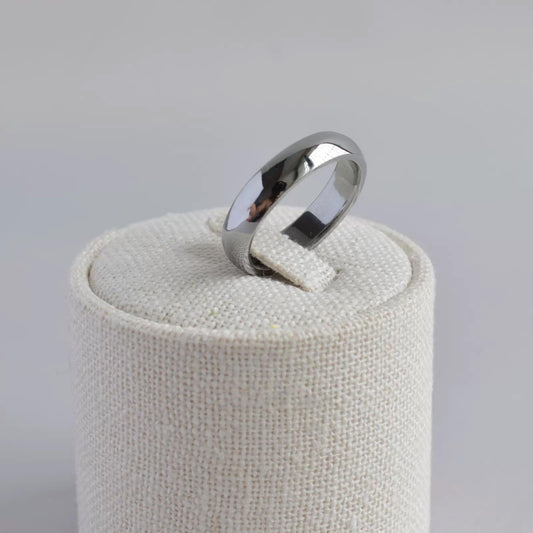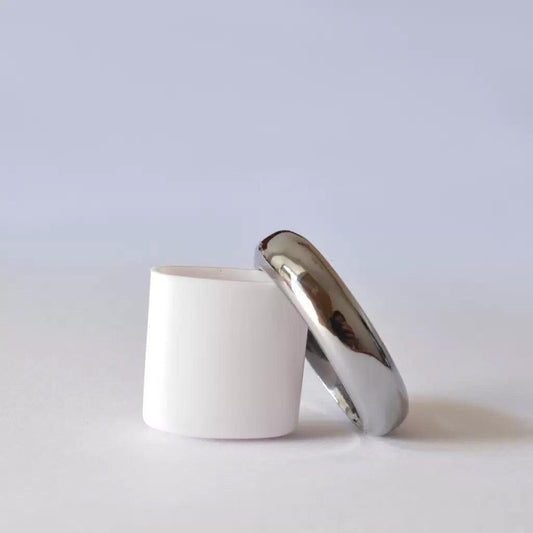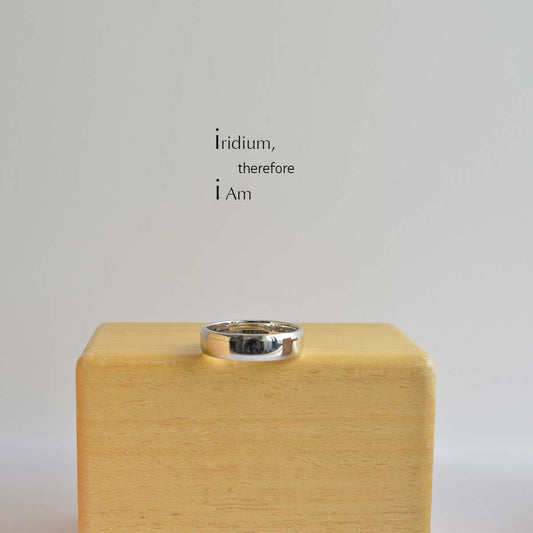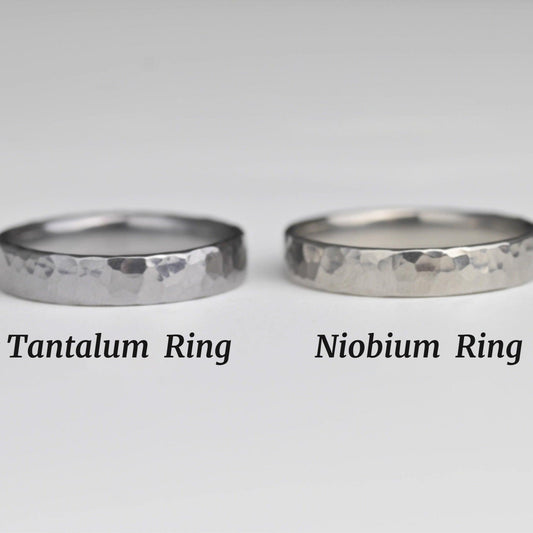Lila and Lily A Tale of Two Blooms
Lila and Lily A Tale of Two Blooms
In the world of flowers, the subtle differences between blooms can ignite debates among botanists and poets alike. Enter Lila and Lily—two names that easily roll off the tongue yet conjure entirely different visions. It’s something I found out quite randomly during an afternoon spent in my grandmother's garden. As we sipped lemonade under a dusty pink sky, she explained to me the stories behind each plant that thrived in her backyard sanctuary. Lila, I learned, was a shade of purple my grandmother adored, often inspiring her to plant lilacs that left their intoxicating scent throughout spring. Lily, on the other hand, was an actual flower she grew with a devotion she usually reserved for family.
People often confuse Lila, the color, with Lily, the flower, and it’s easy to see why. In the garden of language, Lila is a linguistic blossom, a feminine name derived from the Persian word for "lilac" which also describes a shade that dances between lavender and soft violet. The word evokes a sense of calm, echoing the world of the arts where “lilac time” refers to the twilight hour at the end of a day. In contrast, the lily flower is a bold, vibrant character in the garden narrative, known for its striking petals and rich symbolism across different cultures.
In literature and art, lilies are often depicted as symbols of purity and renewal, appearing in everything from ancient Greek mythology to the masterpieces of the Italian Renaissance. My grandmother, being the romantic soul she is, likened her lilies to stars—each bloom a point of light shattering the dark green sea of leaves. She had a particular fondness for the white Lilium candidum, or the Madonna Lily, which blossomed in her garden almost as a tribute to a bygone era of elegance and grace.
Interestingly, the cultural relevance of lilies extends beyond the realm of aesthetics. In some traditions, they are seen as harbingers of good luck and prosperity. I remember once, during a summer barbecue, our neighbor—a charming septuagenarian with an endless supply of stories—remarked that having lilies in your garden was like inviting good fortune to linger at your doorstep. Whether or not that’s true, my grandmother would always smile when her lilies bloomed, as if she knew she was nudging luck ever so gently towards us.
The interplay of Lila and Lily in language and horticulture points to a broader theme of how names and representations can carry different yet profound meanings. It’s interesting how we imbue colors, names, and flowers with personal and cultural narratives, weaving them into our individual tapestries of memories and meanings. Sitting in that garden, with the setting sun casting lila hues across the sky, I realized that my grandmother’s love for both lilacs and lilies was more profound than mere gardening. It was a way of connecting to her past, sharing stories that transcended generations, much like how a simple bloom could float timelessly across history.
So next time you’re perusing through a garden or even the aisles of a flower market, consider the story behind each name. For me, Lila and Lily will always be intertwined with warm childhood afternoons and my grandmother’s gentle laughter, a reminder that amid the hustle and busyness of life, sometimes it's the simple things—like the color of a twilight sky or the elegance of a bloom—that hold the most meaning.



























